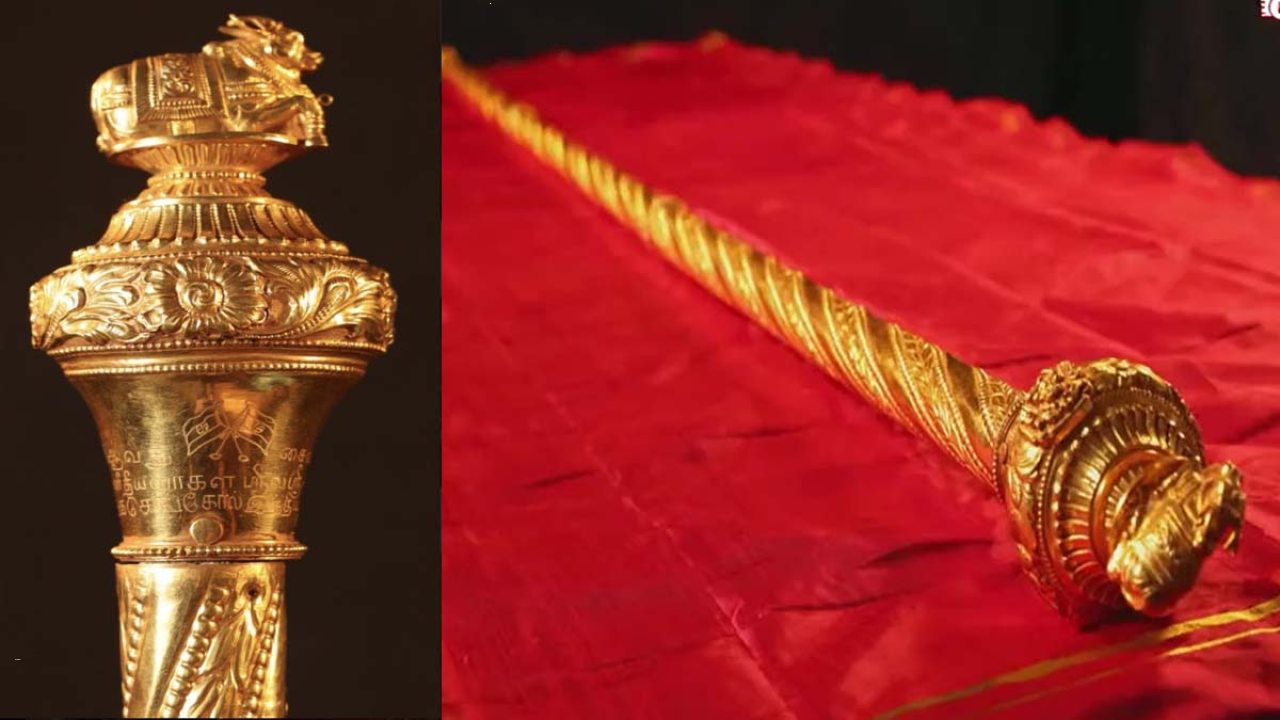What is Sengol?
In the upcoming inauguration of the new Parliament building, a significant item called the ‘Sengol’ sceptre will be installed at a prominent spot.
A Symbol of Transfer of Power
The ‘Sengol’ sceptre carries significant historical significance as it was gifted to Jawaharlal Nehru, India’s inaugural Prime Minister, representing the handover of authority from the British colonial rule. Derived from the Tamil word ‘semmai,’ which means excellence, the ‘Sengol’ represents the embodiment of power and authority.
Suggested by C Rajagopalachari
The idea of using the ‘Sengol’ sceptre for the symbolic transfer of power emerged when Lord Mountbatten, the then Viceroy of British India, inquired about a suitable symbol. Seeking advice from C Rajagopalachari, the last Governor-General of India, it was Rajaji who suggested the use of the ‘Sengol’ sceptre. Inspired by a similar ceremony in the Chola dynasty, where power was transferred between kings, Rajaji believed the ‘Sengol’ would be a fitting symbol for India.
The Role of the ‘aanai’ Order
During the transfer of power ceremony, in addition to the presentation of the sceptre, an order called ‘aanai’ in Tamil was bestowed upon the new ruler. This order symbolizes the responsibility to govern with unwavering adherence to the principles of ‘dharma,’ ensuring justice and fairness in the realm.
Crafted by Vummidi Bangaru Chetty
To bring the ‘Sengol’ sceptre to life, Chennai-based jewellers Vummidi Bangaru Chetty undertook the task of crafting this historic symbol. They meticulously designed the five-foot-long sceptre, featuring the majestic figure of Nandi, the divine bull, atop it. Nandi symbolizes ‘nyaya,’ representing the ideals of justice and fairness.
A Momentous Occasion
On August 14, 1947, a momentous occasion unfolded as three priests from a religious body in Tamil Nadu’s Tanjore district carried the ‘Sengol’ sceptre with great reverence. This sacred ceremony marked the transfer of power from the British to an independent India, with Nehru receiving the ‘Sengol’ and symbolizing the nation’s newfound sovereignty.
Month: Current Affairs - May, 2023
Category: India Nation & States Current Affairs


